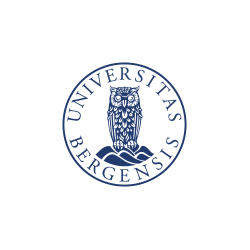
University of Bergen - Coordinator
The University of Bergen (UiB), Department of Physics, Nanophysics group. UiB was funded in 1946 and is the third largest University in Norway with 14500 students. The Department of Physics has 66 staff members of which are 33 scientific staff. The department educates annually about 45 master students and 15 Ph.D. students.
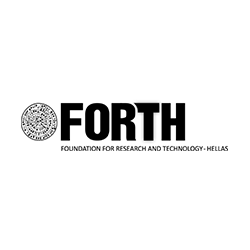
Forth
IESL-FORTH is one of the leading Greek research institutes in experimental physics. It covers a wide range of topics ranging from applied laser physics, over solid state theory and semiconductor physics to fundamental groups working both theoretically and experimentally on Quantum Mechanics. It contributes to nanoLace their expertise in material science (most notably in the analysis of surfaces) and in ultra-cold quantum gasses.

Irresistibe materials Ltd
Irresistible Materials (IM) is an SME that develops advanced materials that address the semiconductor industry’s need for ever-decreasing microchip feature sizes (next generation lithography).
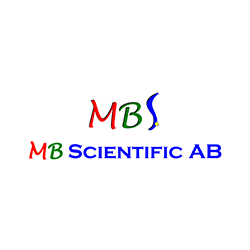
MB Scientific AB
MB Scientific AB is a Swedish company produces a state-of-the-art photoelectron spectroscopy instruments & system. Our products and services are dedicated for the advanced research field in physics mainly ARPES (Angular Resolved Photoelectron Spectroscopy) research. Our stand alone ARPES system MBS A1SYS gives scientists an opportunity for world leading research. Mb Scientific has previously cooperated with UiB on the development of a neutral helium detector in the EU Nemi project. MB Scientific has also delivered an effusive metastable helium source to UiB for preliminary measurements.
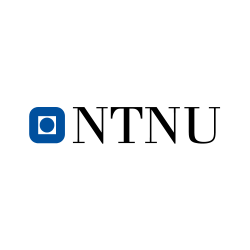
NTNU
NTNU (Norwegian University of Science and Technology) is the largest university in Norway and it has currently more than 40 000 students and 8 000 employees. The main campus is in Trondheim and smaller campuses in Gjøvik and Ålesund. NTNU has the main national responsibility for education and research in natural science, engineering, and technology. In addition, the university also offers higher education and research in disciplines like medicine, psychology, social sciences, the arts, teacher education, architecture and fine art. The university has roots dating back to 1760.
NTNU (Norwegian University of Science and Technology) is the largest university in Norway and it has currently more than 40 000 students and 8 000 employees. The main campus is in Trondheim and smaller campuses in Gjøvik and Ålesund. NTNU has the main national responsibility for education and research in natural science, engineering, and technology. In addition, the university also offers higher education and research in disciplines like medicine, psychology, social sciences, the arts, teacher education, architecture and fine art. The university has roots dating back to 1760.
The Department of Physics has about 40 academic staff members and employs in total 160 people (as of Mar 2020). The central research areas of the department are materials science, nanoscience, surface physics, modern optics, astrophysics, solar energy, biophysics, and medical technology.
The prime role of NTNU in the project is to develop the theoretical framework for the solid mask calculations and to use it to propose mask structures that will be manufactured and tested experimentally by other project partners.
This work is demanding computationally and will, therefore, be performed at high performance computer facilities.
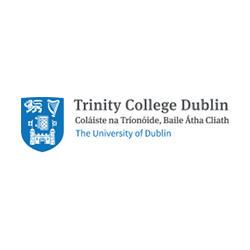
Trinity College Dublin
Trinity College Dublin is a partner in the NANOLACE collaboration through the Prof. Richard Hobbs’ research group at the School of Chemistry and the Centre for Research on Adaptive Nanostructures and Nanodevices (CRANN).

University of Birmingham
Founded in 1900, the University is one of the leading research-based universities in the United Kingdom; the breadth of research expertise is a distinctive characteristic of the University.
